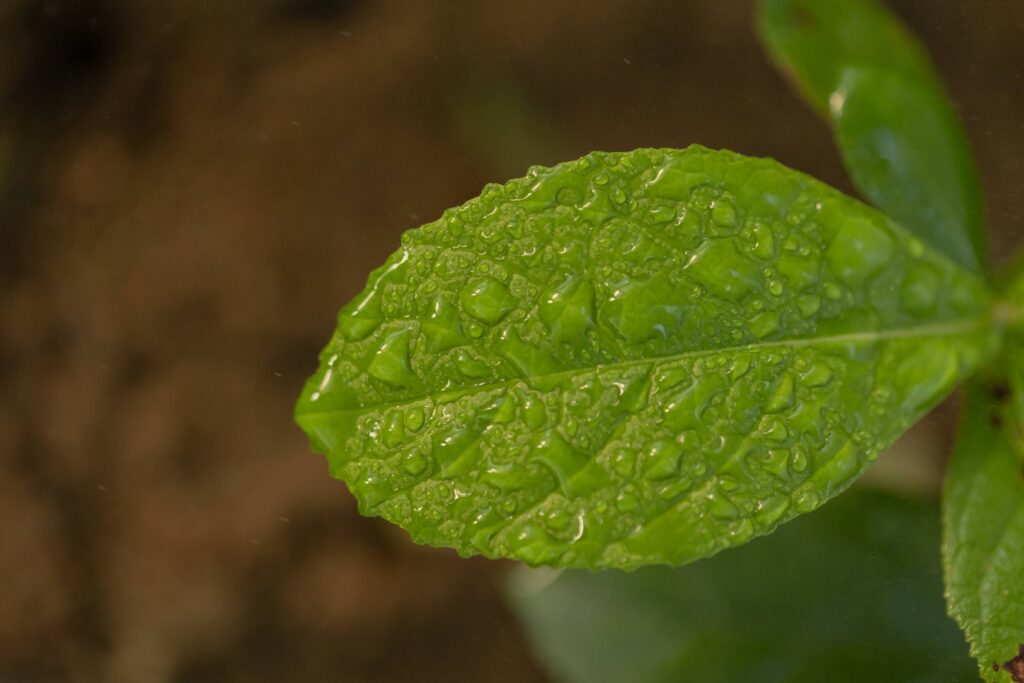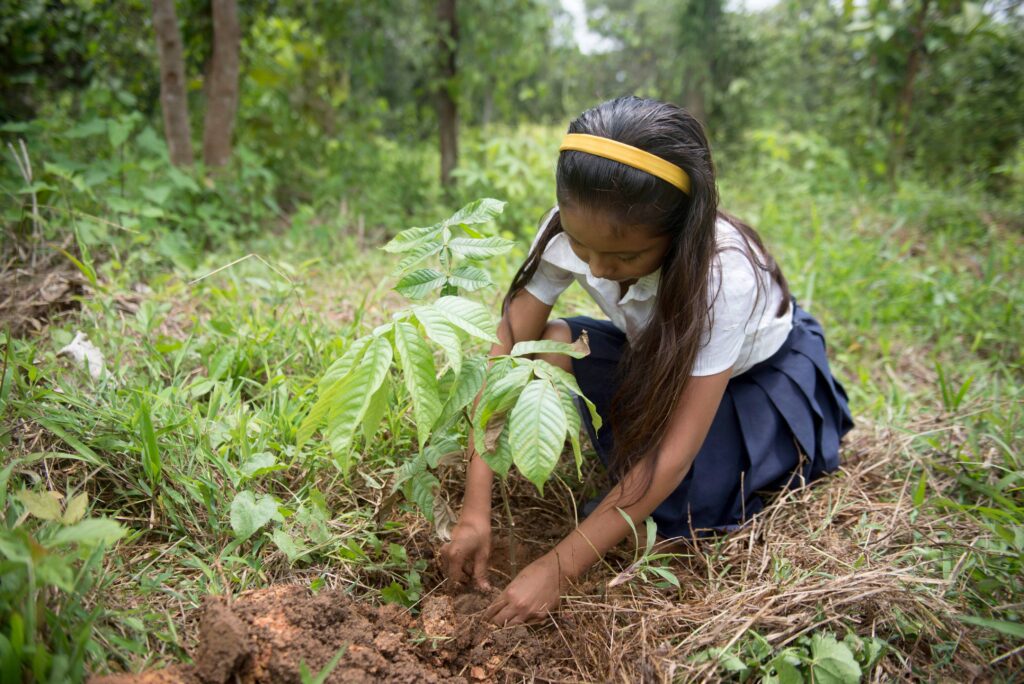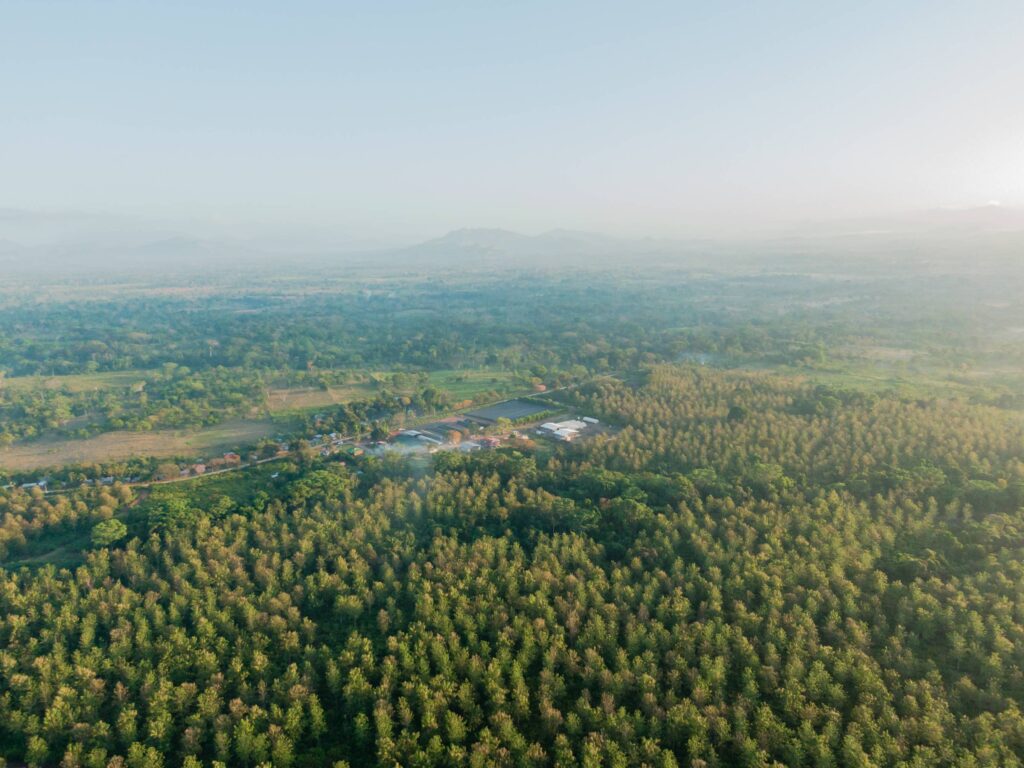News
The Sacred Mother Earth of the Indigenous Mayangnas of Nicaragua

The Indigenous Mayangna people live in tune with nature. In the Northern Caribbean of Nicaragua, with the imposing and green presence of the Bosawás Biosphere Reserve, the Mayangnas honor the land and describe it as the most valuable, especially on this International Earth Day.
“Mother Earth is sacred because it is where there is life. For the Mayangna people, the land is where everything exists for survival: water, air, forests. In it we have the pharmacy, the market, the food, the park, the theater; for us all that is Mother Earth,” said Mario Peralta, an indigenous Mayangna.
In 2009 the United Nations General Assembly passed a resolution declaring April 22 as International Mother Earth Day. The draft resolution was proposed by Bolivia with the support of more than 60 nations from all continents.
“For us the theater is going to the river and the pharmacy is there in the vine”

Peralta also points out that Mother Earth is “the cradle where all generations are born.” And that is why the communal lands of the Mayangna people have a great value for them. “That is why the concept of Mother Earth is great for us. Mother Earth gives you water, air, energy, everything and that is the reason why we must take care of her.”
“For us the theater is to go to the river, the pharmacy is there in the vine, in the leaf, in the herbs, in the shell of the trees, but if we clear everything where are we going to get the medicine? That is why we must treat the Earth as our mother,” says Peralta.
The term “Mother Earth” is an expression used in various countries and regions, which demonstrates the interdependence between human beings, other living species and the planet we all inhabit. The concepts regarding Mother Earth are essentially coincident among the ethnicities of the world.
The best tribute to Mother Earth: knowing and caring for biodiversity

For MLR Forestal, biodiversity is a fundamental issue. That is why the company is working on projects such as ecological restoration that the company will begin to execute this year in some areas that it has designated as conservation areas; also, as part of the plan to promote biodiversity on its farms, it published the catalogue of birds and is working on catalogues of mammals and reptiles.
The vision of ecological restoration is framed both in the medium and long term. Moving forward fifteen years in the future, in the year 2037, “MLR is ensuring that it has biodiversity, conserves soils, water and also has interconnectivity with other areas that may be around. This will favor it even in its plantations because it will increase cocoa pollination and pest control thanks to the fact that there will be a more diverse ecosystem,” said ecologist Fabio Buitrago in charge of the initiative.
In June 2021 MLR Forestal identified 250 species of birds in its plantations that can be studied in this material available free of charge at this link: Bird Catalog.
Share




